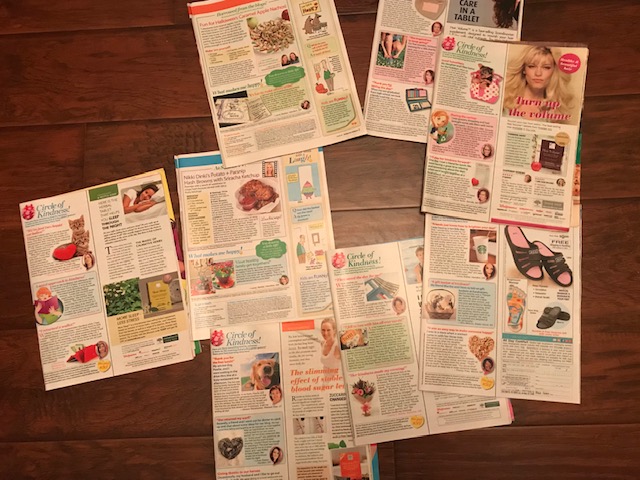
August 25, 2021-Judge Judy is a staple in our home. We watch it five days a week for the pure entertainment factor and for the sassiness of Her Honour. My favourite thing she does is raise her hands to her mouth and shout, “LISTEN CAREFULLY!” because I can totally relate. Each week, I receive a ton of emails from authors asking for advice. As we finish up what publishers want this month, we’ll be spending the rest of the time answering frequently asked questions. Here’s what we’re talking about today:
Q: I’ve submitted a manuscript four times to the same publication, but I have yet to get published. Why?
A: Lean in close because you need to hear this, “THEY DON’T WANT IT.” Why in the world would you submit the same manuscript four times to the same publisher or magazine? The rule of thumb is that if you don’t hear back from the publisher within 3-4 months, you can assume that they’ve passed on your work. Yes, it would be nice if publishers could send you an email telling you that they’re not interested, or even better if they offered advice as to what you can do to improve your work, but the truth is, they’re just too busy! I’m a small publishing house, and I receive 175 submissions per month, minimum, so imagine the big five and how busy they are. Submitting the same thing to the same publisher only does two things:1) it annoys them, and 2) wastes your time. Your time would be better spent improving your writing skills and looking for ways to continue your writing education. There could be several reasons that publishers pass on your work, but in the meantime, stop thinking about the reasons why and get to work improving your writing skills.
I know this sounds a bit harsh, but I want to be completely transparent with you. Some of you may look at the question posed and think, “Wow, that person doesn’t take no for an answer! Good for them!” but that’s not what publishers see. There’s a difference between being determined and persistent versus obnoxious and annoying.
For more advice from a publisher, check out my number 1 best selling book here: Advice from a Publisher (Insider Tips for Getting Your Work Published!): Bakker, Lacey L., Goubar, Alex: 9781989506141: Books – Amazon.ca
Like this:
Like Loading...








